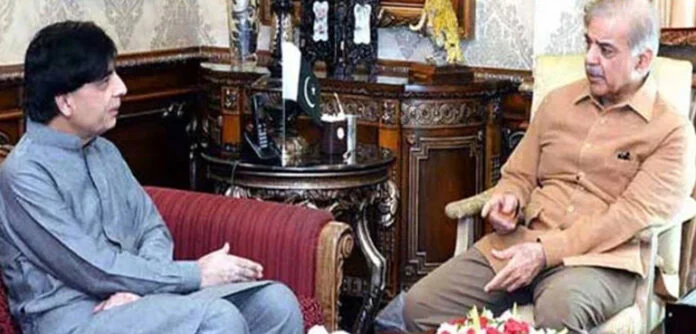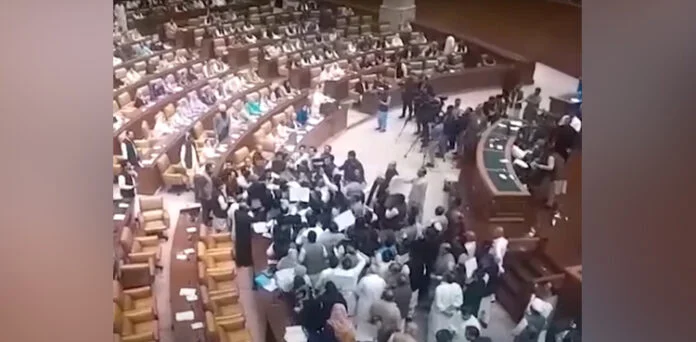
The European Central Bank has reduced its benchmark interest rate for the eighth time, aiming to ease borrowing costs for businesses and consumers amid concerns that global trade tensions, particularly with the United States, could further weaken already modest economic growth in the euro area.
The rate-setting council lowered the interest rate by a quarter of a percentage point at its headquarters in Frankfurt, responding to increasing pressure from slowing global trade. This latest move was widely anticipated by analysts, especially after President Trump introduced new tariffs on April 2 and later threatened to raise tariffs on European goods to 50%, stoking fears of an escalating trade war.
Christine Lagarde, President of the ECB, explained during a news conference that the direction of future rate decisions will largely depend on the evolution of trade relations with the U.S. She noted that a worsening of global trade tensions could dampen exports and weigh on investment and consumer spending in the eurozone. Conversely, a swift resolution of trade disputes, improved sentiment, and increased defense and infrastructure spending could support economic activity. Structural reforms aimed at boosting productivity would further enhance growth prospects.
While trade uncertainty is a key factor dragging on the outlook, the ECB pointed to fiscal stimulus from European governments, particularly increased defense and infrastructure spending, as a source of potential support for the economy. This rise in government spending comes as European nations respond to security concerns following Russia’s continued aggression against Ukraine.
The ECB also emphasized that it is not committing to a predetermined path for future interest rates, highlighting the uncertain external environment. The recent decision lowers the benchmark rate to 2%, a significant drop from its peak of 4% in 2023–2024. That peak came during a period of high inflation driven by the economic rebound from the pandemic and the fallout from the war in Ukraine. Now, with inflation easing to 1.9%—just below the ECB’s 2% target—the central bank sees room to prioritize growth by cutting rates further if needed.
The current economic climate is also being shaped by shifts in U.S. policy. President Trump’s announcement of a 20% tariff on EU imports, along with threats to raise it to 50%, has unsettled markets and policymakers. While the U.S. and EU have agreed to hold off on new tariffs and retaliatory measures until July 14 to allow more time for negotiations, uncertainty remains high. In a further move this week, Trump increased tariffs on steel imports to 50% for most countries, excluding the United Kingdom. These developments have led the European Commission to revise its 2025 growth forecast downward from 1.3% to 0.9%, based on the assumption that tariffs might ultimately be reduced to a more manageable 10%.
Adding to the unease is the perception that the U.S. may be stepping back from its leadership role in supporting Ukraine. U.S. Defense Secretary Pete Hegseth’s absence from a recent allied meeting marked the first time the U.S. had not participated since the group was established in 2022 to coordinate military aid for Ukraine. The meeting had been convened regularly by former Defense Secretary Lloyd Austin.
With inflation largely under control and growth projections under strain, the ECB appears poised to continue adjusting rates as needed, while monitoring both fiscal developments within Europe and the uncertain trajectory of international trade negotiations.


















